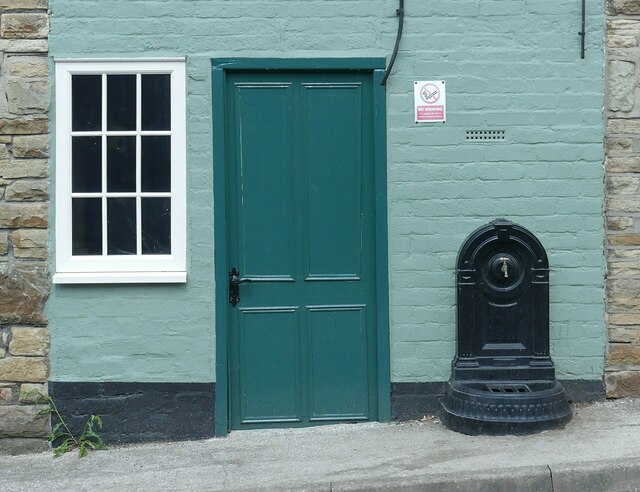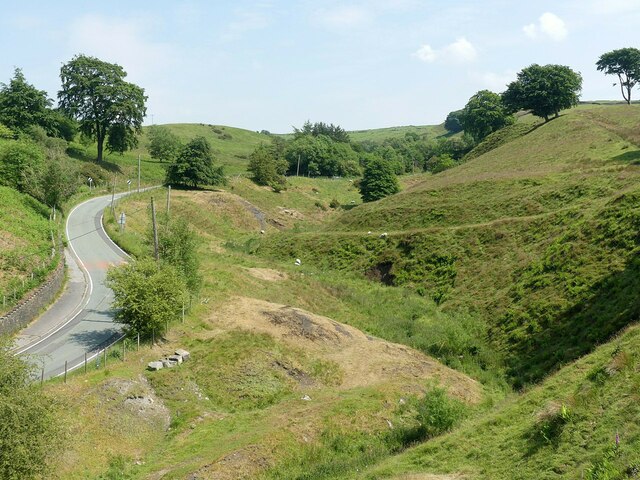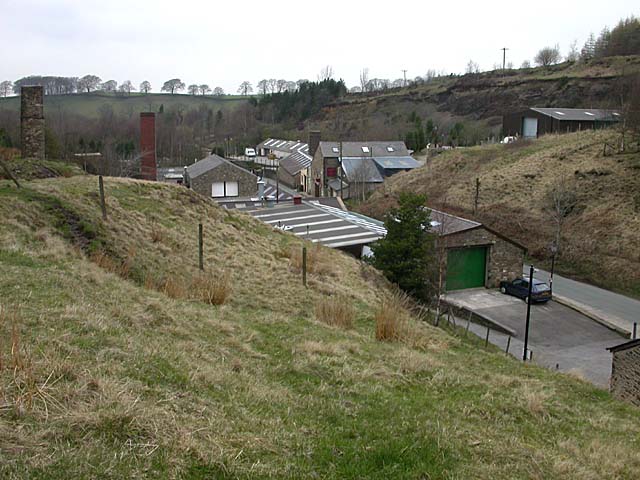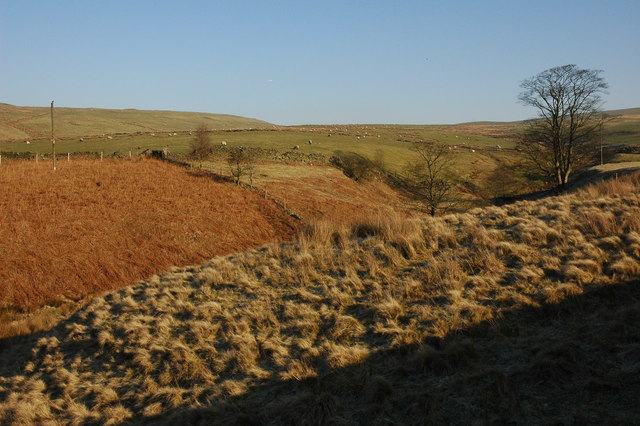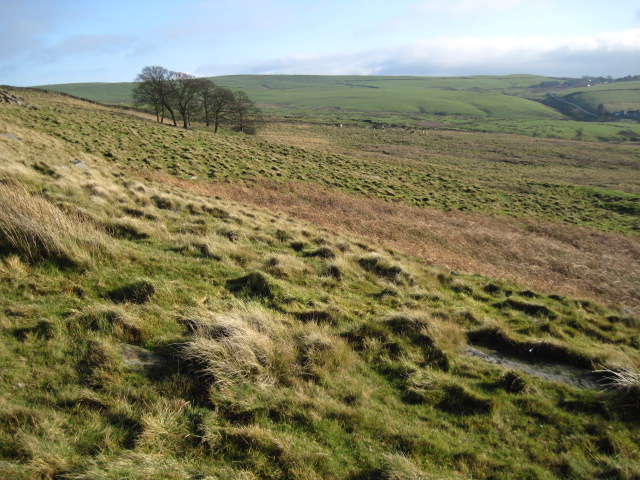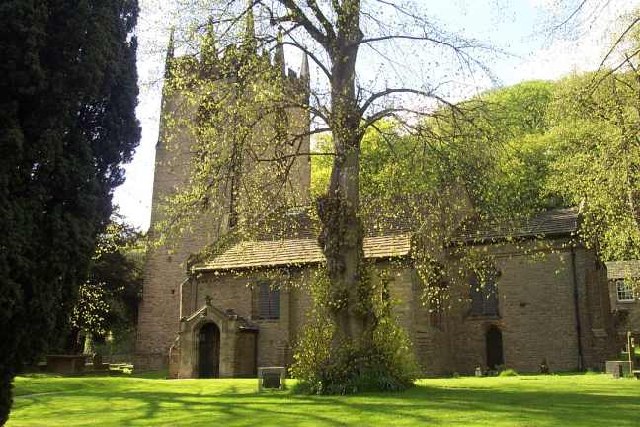Lyme Handley
Civil Parish in Cheshire
England
Lyme Handley
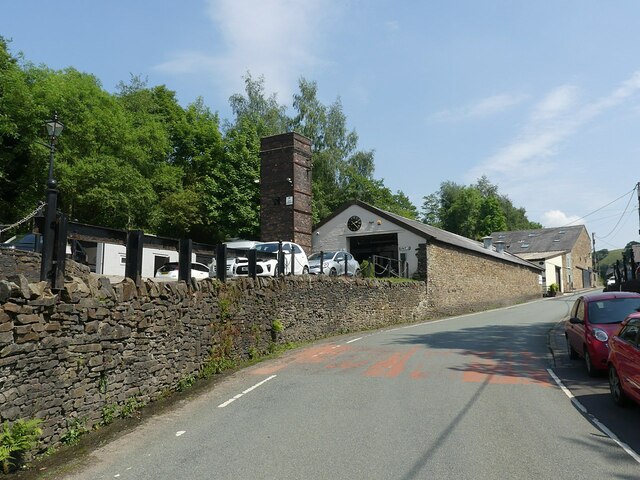
Lyme Handley is a civil parish located in the county of Cheshire, England. It is situated within the borough of Macclesfield and encompasses an area of approximately 3.5 square miles. The parish is located in the eastern part of the county, close to the border with Derbyshire.
Lyme Handley is a rural area characterized by its picturesque landscapes and rolling hills. It is predominantly agricultural, with farming and livestock rearing being the main economic activities. The village itself is small and compact, with a population of around 200 residents.
The parish is known for its rich history, dating back to the medieval period. It was mentioned in the Domesday Book of 1086 and has since retained much of its traditional charm. There are several historic buildings and landmarks in the area, including St. Thomas' Church, which dates back to the 12th century, and Lyme Hall, a grand country house built in the 16th century.
Lyme Handley offers a peaceful and tranquil environment, attracting visitors who appreciate its natural beauty and the opportunity for outdoor activities such as hiking, cycling, and horse riding. The area is also home to a variety of wildlife, making it popular among nature enthusiasts and birdwatchers.
Overall, Lyme Handley is a charming and idyllic civil parish, offering a glimpse into the rural heritage of Cheshire. Its historical significance, coupled with its natural beauty, make it a desirable destination for those seeking a quiet retreat in the English countryside.
If you have any feedback on the listing, please let us know in the comments section below.
Lyme Handley Images
Images are sourced within 2km of 53.329061/-2.068976 or Grid Reference SJ9581. Thanks to Geograph Open Source API. All images are credited.

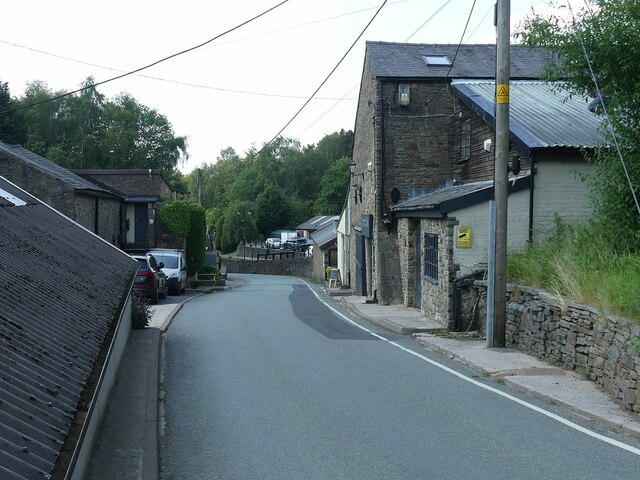
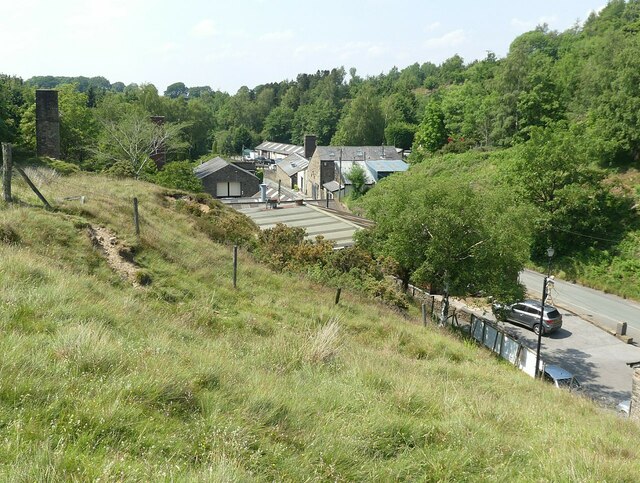
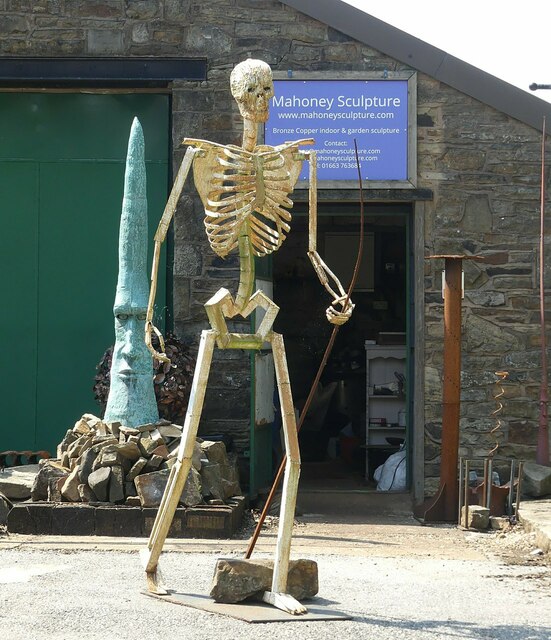




Lyme Handley is located at Grid Ref: SJ9581 (Lat: 53.329061, Lng: -2.068976)
Unitary Authority: Cheshire East
Police Authority: Cheshire
What 3 Words
///aquatic.branch.simmer. Near Pott Shrigley, Cheshire
Nearby Locations
Related Wikis
Lyme Park
Lyme Park is a large estate south of Disley, Cheshire, England, managed by the National Trust and consisting of a mansion house surrounded by formal gardens...
Lyme Handley
Lyme Handley, sometimes known as Lyme, is a former civil parish, now in the parish of Kettleshulme and Lyme Handley, in between Disley and Stockport, in...
Bowstones
The Bowstones are a pair of Anglian cross shafts in Cheshire, England. Situated beside the old ridgeway between Disley and Macclesfield, overlooking Lyme...
Shrigley Hall
Shrigley Hall is a former country house standing to the northwest of the village of Pott Shrigley, Cheshire, England. It has since been used as a school...
Higher Poynton railway station
Higher Poynton was a railway station serving the eastern side of the town of Poynton in Cheshire, England. It was opened in 1869 by the Macclesfield, Bollington...
Leonard Haigh
Leonard Haigh (19 October 1880 – 6 August 1916) was an English rugby player. He won seven caps for England between 1910 and 1911, and also represented...
St Christopher's Church, Pott Shrigley
St Christopher's Church is in the small village of Pott Shrigley, Cheshire, England. The church is recorded in the National Heritage List for England...
Pott Shrigley
Pott Shrigley is a small village and civil parish in the unitary authority of Cheshire East and the ceremonial county of Cheshire, England. According...
Nearby Amenities
Located within 500m of 53.329061,-2.068976Have you been to Lyme Handley?
Leave your review of Lyme Handley below (or comments, questions and feedback).
